How Much Does Artificial Grass Cost?
Homeowners who desire to save time, money, energy, and effort on lawn maintenance will be delighted to learn that realistic-looking artificial grass comes with a price range of $2,961 to $7,792, with many homeowners spending around $5,358.
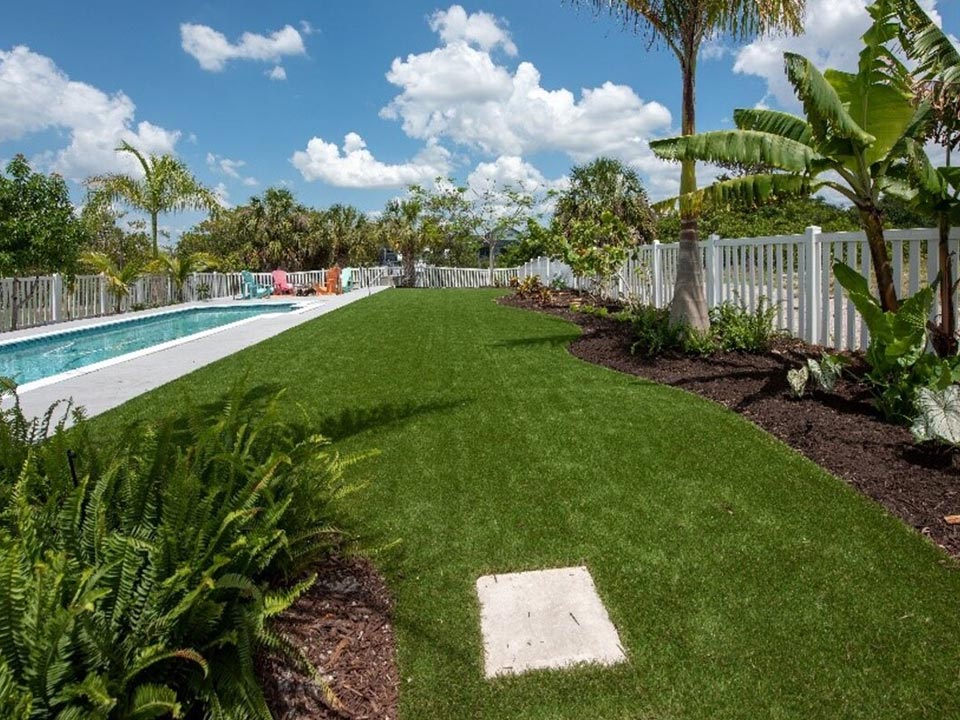
We may earn revenue from the products available on this page and participate in affiliate programs.
Key Points:
The typical range for artificial grass costs is $2,961 to $7,792, with a national average of $5,358.
Yard size and shape, turf material and brand, labor, installation location, blade shape, base material, weed barrier, irrigation, preparation and cleanup, and geographic location can all affect how much a homeowner pays for artificial grass.
Benefits of artificial grass installation include pest, weed, disease, and drought resistance; sustainability; reduced maintenance; improved drainage; cost effectiveness; child friendliness; and improved curb appeal.
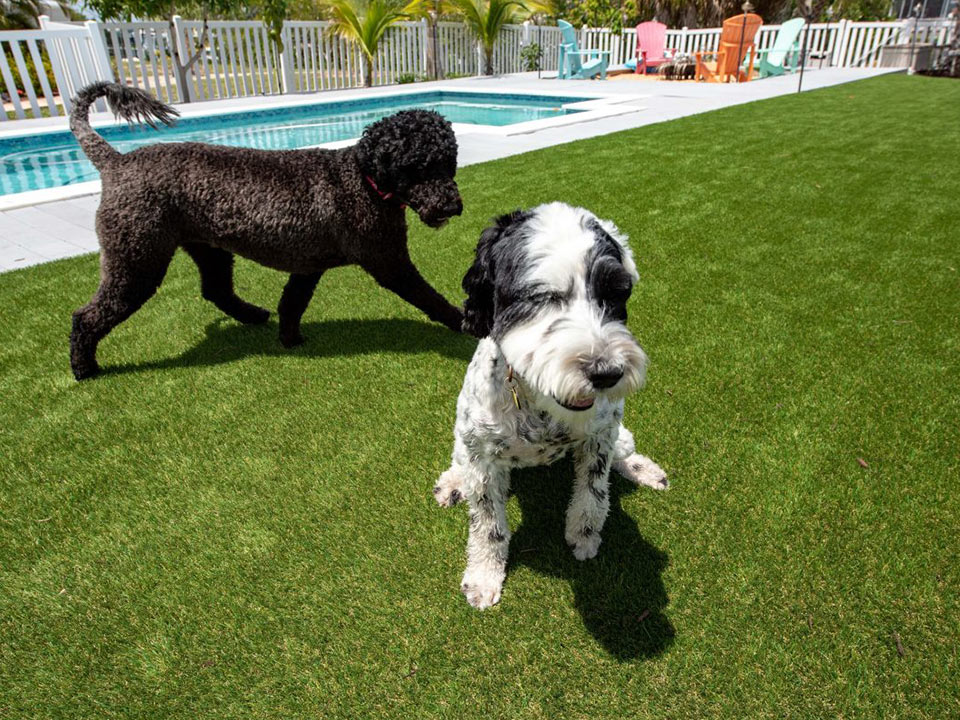
Artificial grass installation is best left to experienced professionals as errors can result in drainage issues, mold, and mildew growth.
Artificial grass has become a growing trend among homeowners due to its numerous advantages, such as reduced water costs, better drainage, minimal maintenance, a stunning appearance in both sunny and shaded areas, and the absence of exposure to pesticides, fertilizers, and harmful chemicals for family and pets. Modern artificial grass looks more realistic than ever before, but proper installation is crucial to achieve a natural look. A skilled artificial grass installer possesses the necessary experience, skills, and specialized tools to ensure a more lifelike appearance of the fake grass.
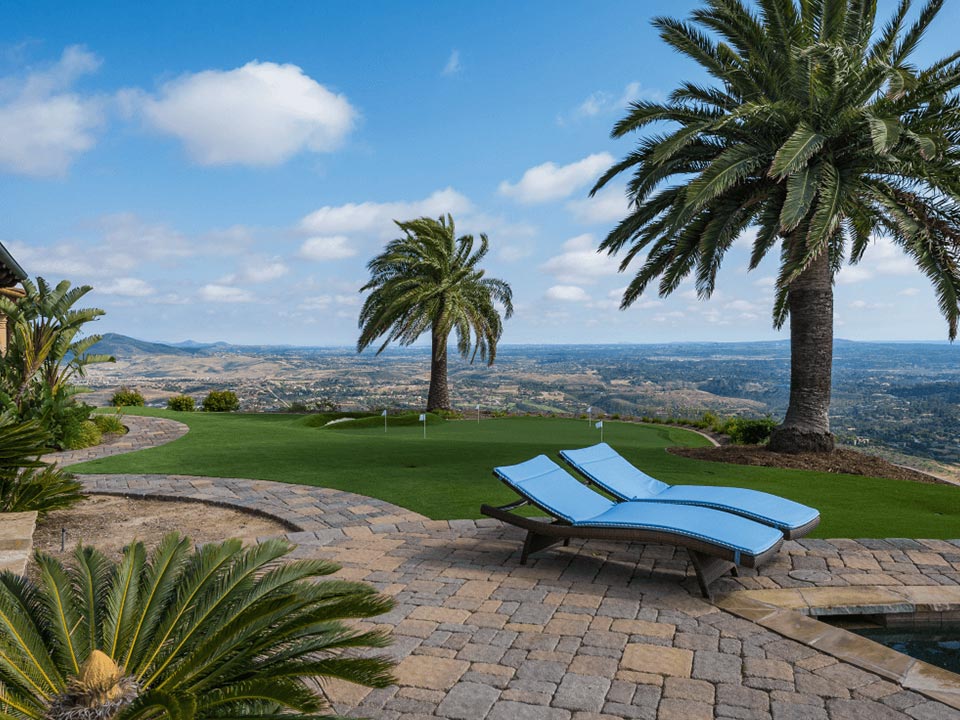
So, how much does artificial grass cost?the cost of artificial grass varies between $2,961 and $7,792, with a national average of $5,358 for both materials and installation. The overall cost depends on the required amount of artificial turf and the type chosen. When installed correctly, artificial grass can last for over 20 years. It is child- and pet-friendly, and high-quality artificial grasses resist warping and stretching while maintaining a comfortable temperature similar to natural grass during hot conditions. Modern artificial grass is designed with a range of green hues to provide a more natural appearance, and some varieties even include a thatch layer for enhanced realism.
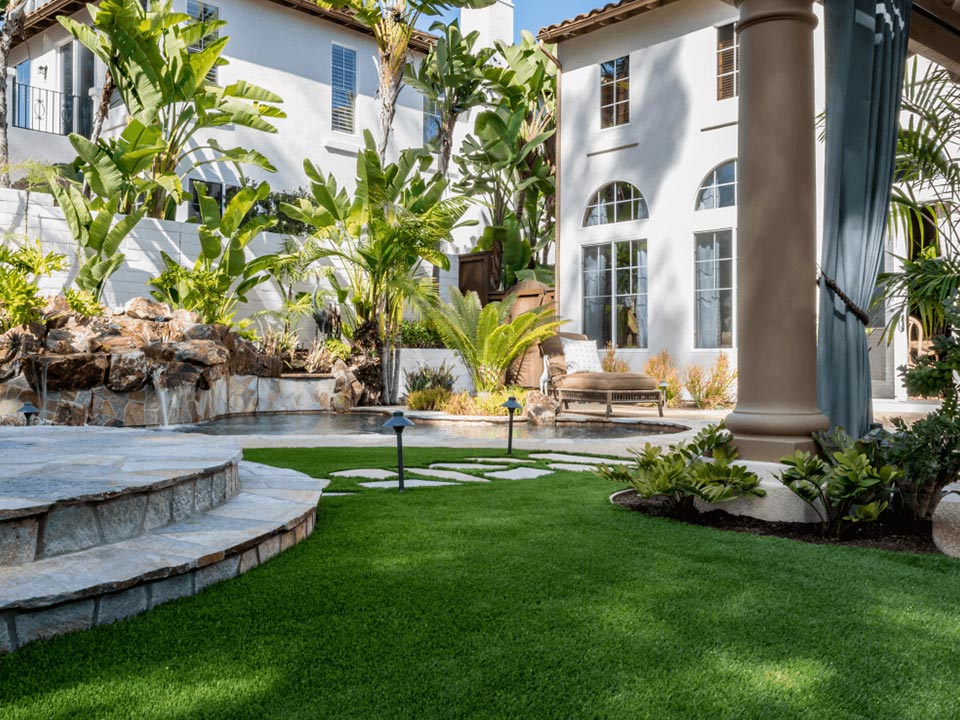
The cost to install artificial grass is generally higher, ranging from $2 to $8 per square foot, compared to the cost of installing sod, which typically falls between $0.90 and $2 per square foot. Despite the initial investment, homeowners can save considerable time, energy, and money by eliminating the need for water, fertilizers, chemicals, and pesticides required for traditional lawns. For the installation labor, professional landscapers usually charge between $3 and $12 per square foot, depending on the complexity of the job and the yard's size.
Factors that influence the artificial grass cost include yard size and shape, the chosen turf material and brand, labor costs, installation location, blade shape, base material, weed barrier, irrigation, site preparation, cleanup, and geographic location. Homeowners can use artificial grass cost calculators available on some websites to estimate their installation expenses and set a budget accordingly.
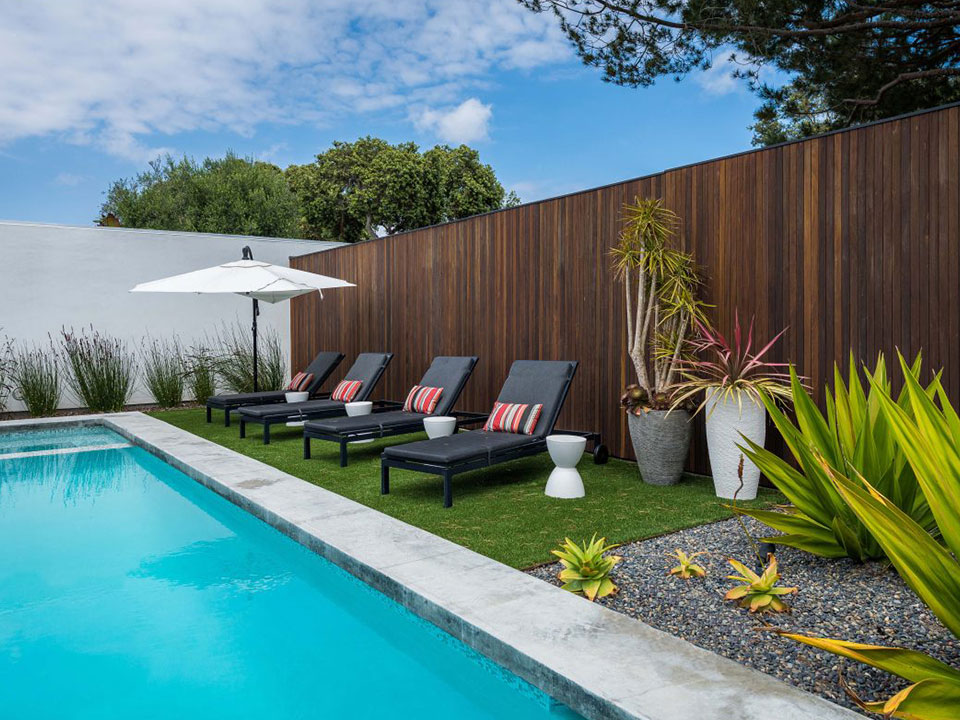
Yard size and shape play a role in determining the total cost, with larger areas requiring more material and thus increasing the project's overall expenses. Unusually shaped areas or curved designs might add additional labor costs. The choice of turf material also affects the price, as artificial grass can be made from nylon, polypropylene, or polyethylene, each having its own unique features and qualities. Popular artificial grass brands and their average prices per square foot are listed in a table for homeowners to consider.
Installation labor costs range from $3 to $9 per square foot, varying with the synthetic turf type, yard size, and preparatory work involved. The location of installation also impacts costs, with difficult-to-access areas or those requiring extensive clearing resulting in higher labor expenses. Specific locations, such as stairways, rooftops, decks, patios, concrete surfaces, walls, indoor spaces, or child and pet play areas, may require special adhesive and additional treatment to prevent mold and mildew growth, influencing the overall artificial grass cost.
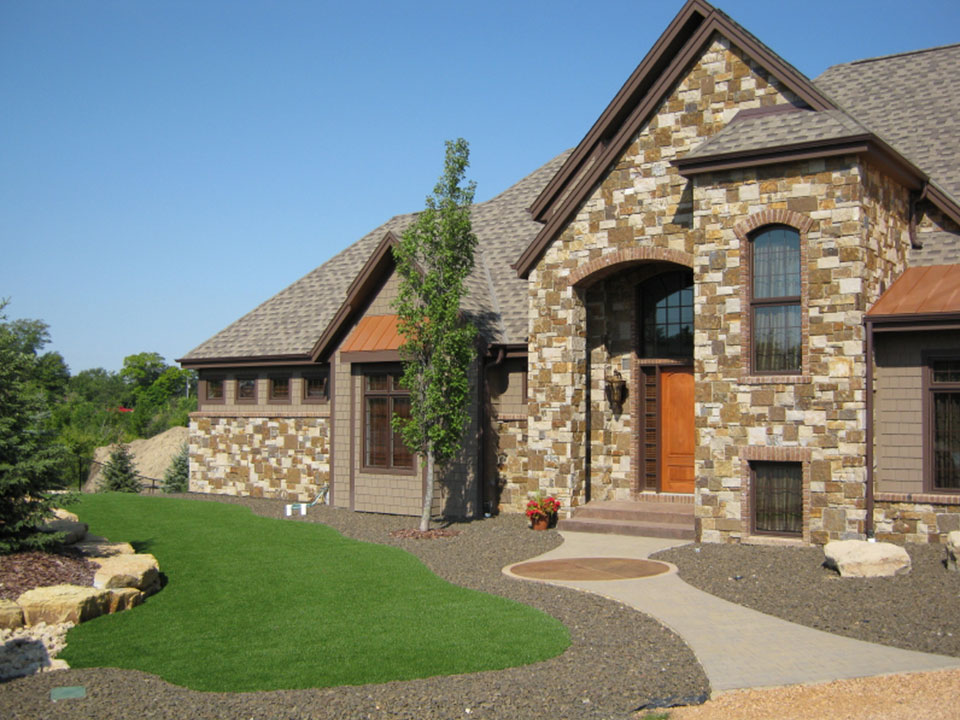
Artificial grass comes with different blade shapes to achieve a more realistic appearance, with blades ranging from 2 to 4 inches in length. Additionally, infill is essential for artificial grass installation as it supports the faux grass blades, maintains their upright position, and extends the artificial lawn's lifespan. Infill options include sand or rubber, with some treated to be antimicrobial to prevent bacteria growth and eliminate pet waste odors. Proper infill application ensures a soft underfoot feel and a natural appearance for the artificial grass.
Weed barriers are used to prevent weed growth in artificial grass, significantly reducing weed issues compared to natural lawns. Proper drainage is ensured by installing limestone chips or decomposed granite, with a potential need for a drainage system installation. Preparation and cleanup involve removing rocks, tree stumps, and debris, excavating the area, installing a weed barrier, adding crushed rocks, and pouring sand to create an even surface.
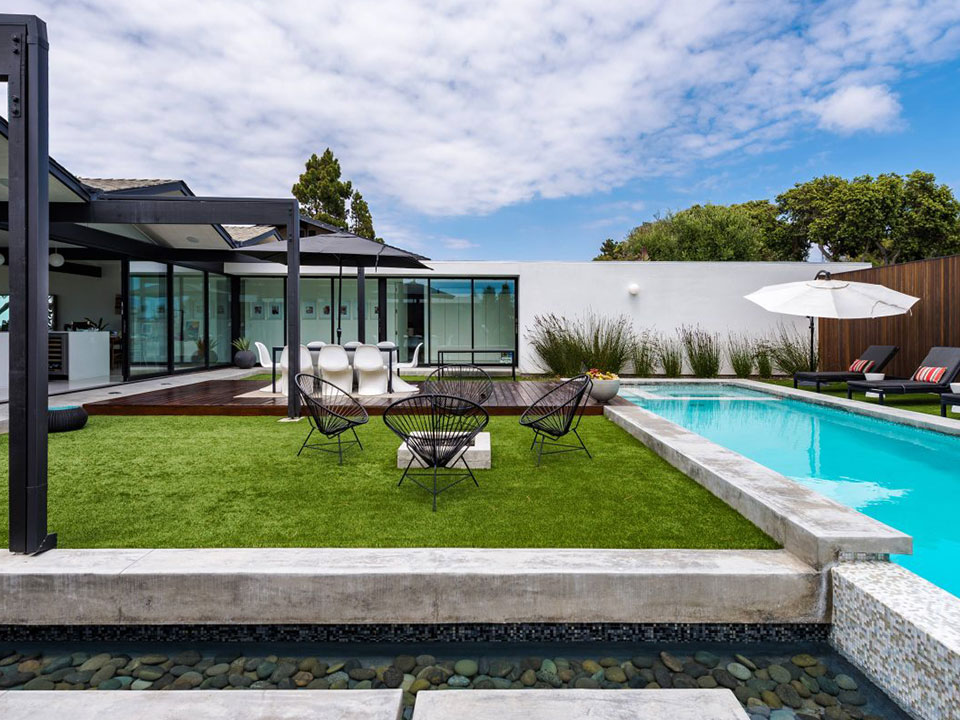
Geographic location affects material and labor costs, with artificial grass being more expensive in densely populated urban areas compared to suburban or rural locations. The article also covers additional costs and considerations, such as debris removal, additional landscaping, and maintenance expenses.
How Much Does Artificial Grass Cost?
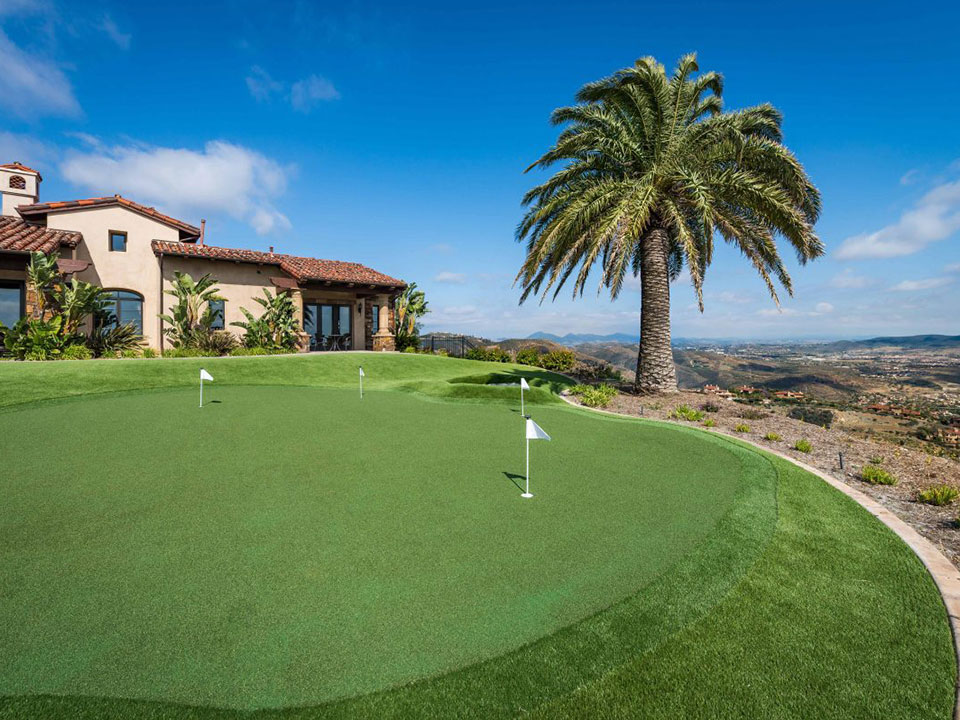
Choosing artificial grass offers numerous benefits, including resistance to pests, weeds, and diseases, as well as drought resistance and eco-friendliness. An artificial lawn also requires reduced maintenance, improved drainage, and cost-effectiveness in the long run. Moreover, it is child-friendly and enhances the curb appeal of a home, potentially increasing its value.
Finally, the article discusses the pros and cons of DIY artificial grass installation. While it may be tempting to install the turf independently, it is strongly recommended to hire a professional for correct installation to avoid issues like poor drainage, mold growth, and invalid warranties. Asking the right questions before deciding on the artificial grass installation pro is also essential for ensuring a successful project.
In conclusion, the cost of artificial grass varies based on several factors, and homeowners can achieve a realistic and beautiful lawn by choosing the right artificial grass and hiring an experienced professional installer.
